The Ultimate Guide to the Teddy Guinea Pig: A Fluffy Companion for Your Home
Do you want a pet that's as soft as a teddy bear and just as cute? Well, look no further because the Teddy Guinea Pig is here to steal your heart!
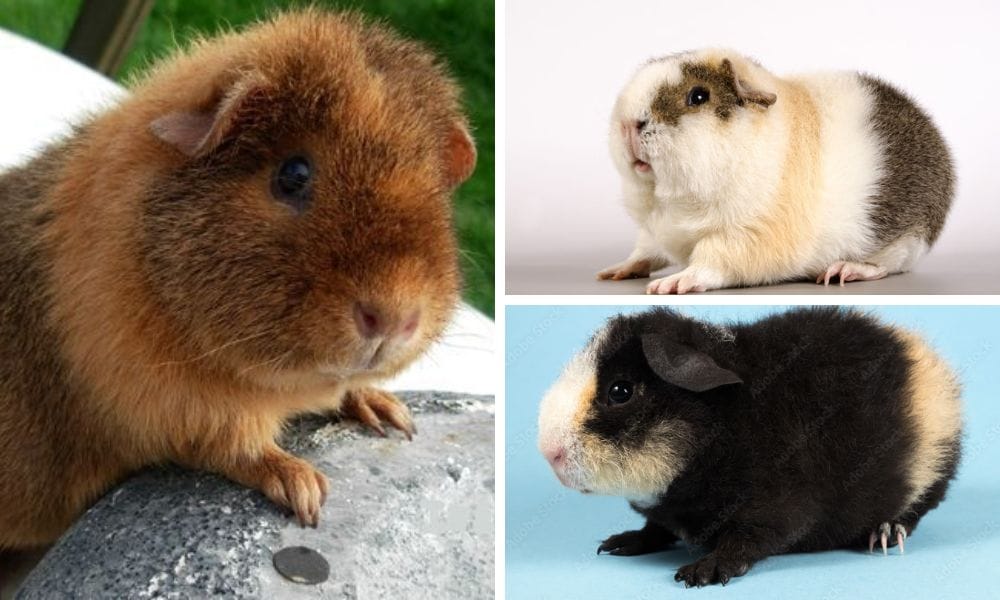
Key Takeaways:
- Understand the unique characteristics and care requirements of the teddy bear guinea pig.
- Learn about the dietary needs and health considerations for keeping a teddy guinea pig healthy.
- Discover how to create a comfortable living environment for teddy guinea pig to thrive.
Guinea pigs have been beloved pets for generations, and among the various breeds, the teddy guinea pig stands out with its distinctive appearance and charming personality. This comprehensive guide will delve into the world of teddy guinea pigs, providing you with all the information you need to care for these adorable creatures.
What is a Teddy Guinea Pig?
The teddy guinea pig, also known as the teddy cavy, is a breed of Cavia porcellus that is cherished for its dense coat and curious personality. The Teddy Satin guinea pig, with its dense and curly coat that resembles a teddy bear, also shares a friendly and outgoing personality, making it a great pet for those seeking a furry companion that enjoys playing and snuggling. Unlike the long hair of the Peruvian guinea pig or the silky strands of the Silkie, the teddy guinea pig boasts a short, plush coat that resembles that of a teddy bear, hence their name. This short-haired breed is not only a visual delight but also a joy to interact with due to its outgoing personality.
Origins of the Teddy Guinea Pig
Teddy guinea pigs hail from South America, specifically the Andes Mountains, where their ancestors, the wild guinea pigs, roamed freely. Through selective breeding, these wild guinea pigs were domesticated, transitioning into beloved household companions with plush coats and friendly demeanors that make them great pets. They were officially recognized by the British Cavy Council and have since become a popular choice among guinea pig enthusiasts.
Recognizing a Teddy Guinea Pig
Identifying a teddy guinea pig is straightforward for those familiar with guinea pig breeds. Guinea pigs can come in various colors, including cream. Their coat is the most distinguishing feature, with a dense, wiry texture that rarely experiences matting. This is in contrast to breeds like the Texel guinea pig, which has long, curly fur. The teddy’s coat is also known for its shiny coat, which can come in a variety of colors, including the striking white coat of the white crested guinea pig.
The Genetics Behind the Coat
The unique coat of the teddy guinea pig is the result of a genetic mutation that affects the texture of their fur. Unlike the smooth coat of the American guinea pig or the rough coat of the rex guinea pig, the teddy's coat stands up in a way that gives it a plush, cuddly appearance. This mutation is specific to the breed and contributes to their distinct look among other piggies.
Teddy Guinea Pig Personality Traits
Teddy guinea pigs are known for their curious personality and social nature. They are more outgoing than some other breeds, such as the shy Abyssinian guinea pig. Their friendly disposition makes them excellent companions, especially when compared to more independent pets. They thrive in small groups and enjoy the company of other piggiess, particularly when raised together from a young age. Teddy piggies are not only friendly but also cuter than many other rodents, making them a popular choice for pet owners.
Housing Your Teddy Guinea Pig
When it comes to cage size, teddy guinea pigs require ample space to move around and explore. A spacious habitat is essential for their physical and mental stimulation. The recommended cage size for two guinea pigs is at least 7.5 square feet, but larger is always better. This allows them to exercise and engage in natural behaviors, which is crucial for their well-being.
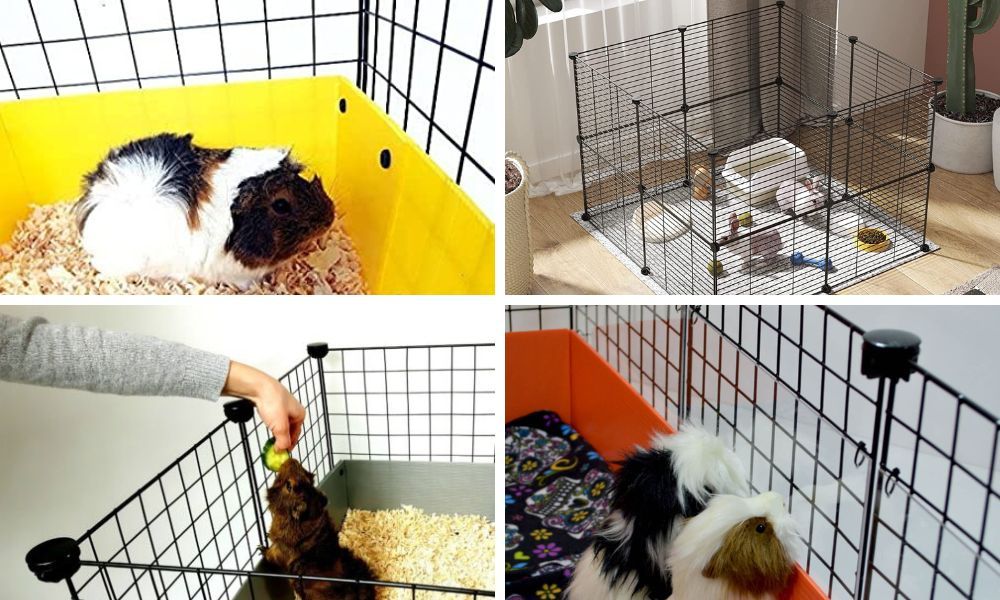
The Importance of a Proper Diet
Teddy piggies eat a diet that consists mainly of hay, fresh vegetables, and a small amount of pellets. A guinea pig's dietary needs should be met with Timothy hay as the staple of their diet, providing the necessary fiber for digestive health. They also need a source of vitamin C, as guinea pigs cannot produce their own vitamin C and are prone to vitamin C deficiency. Fresh vegetables like bell peppers and leafy greens can help meet this need.
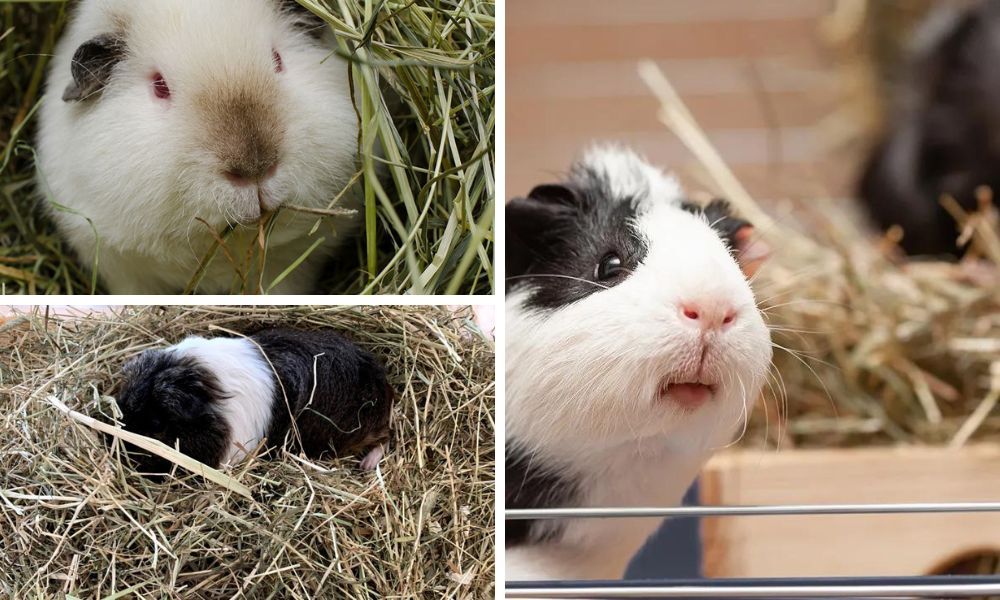
Health Considerations for Teddy Guinea Pigs
Like other guinea pig breeds, teddies are susceptible to health issues such as bladder stones and skin problems. A diet high in calcium can contribute to bladder stones, so it’s important to monitor their intake of calcium-rich foods. Regular grooming and check-ups can help prevent skin issues, which are less common in guinea pigs due to their short fur that rarely mats.
Grooming Your Teddy Guinea Pig
Grooming is an essential part of caring for a teddy guinea pig. An occasional bath can be beneficial if the pet starts to smell. Their dense coat needs regular brushing to remove debris and prevent tangles. While they don’t require the extensive grooming of long-haired breeds like the Merino guinea pig or the Coronet guinea pig, they still benefit from the attention. Trimming their nails regularly is also important to prevent overgrowth and discomfort.
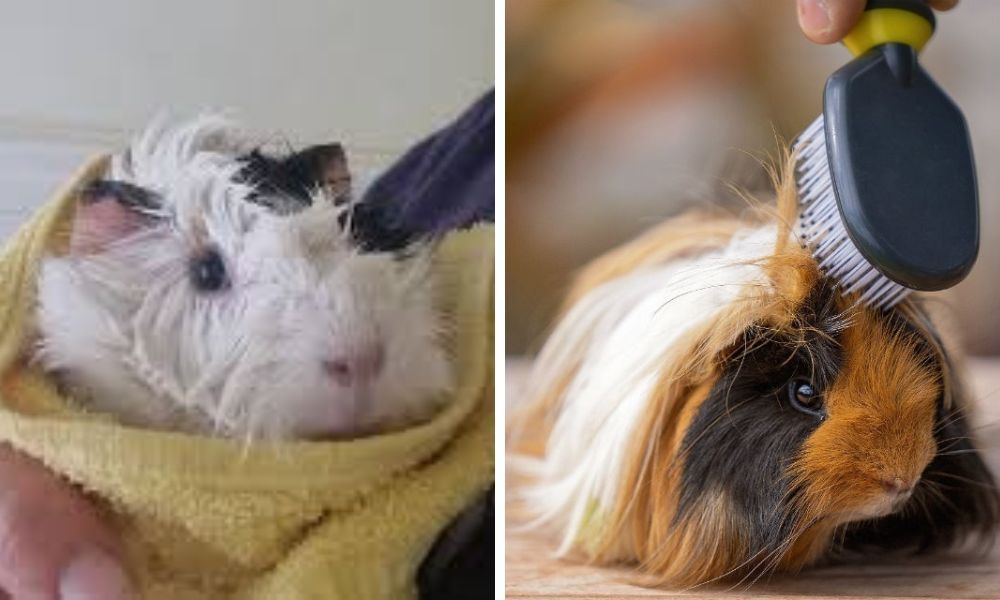
Socializing and Training Your Teddy
Teddies are social animals that enjoy interaction with their human companions. They can be trained to use a litter box and respond to their names with patience and positive reinforcement. Starting from a young age, teddy guinea pigs can learn simple commands and tricks, making them engaging pets that can form strong bonds with their humans.
Teddy's Coat Care and Maintenance
Caring for a Teddy Guinea Pig’s coat is a delightful task that showcases their unique charm among the short-haired breeds. Unlike other breeds with longer fur that may require extensive grooming, the Teddy’s coat is relatively low maintenance. However, regular brushing is still essential to keep their dense, plush coat in top condition, as it necessitates quite a bit of attention to prevent staining, matting, or debris collection. Brushing not only prevents mats and tangles but also serves as a bonding experience between you and your furry friend. It’s a perfect opportunity to check for any skin issues or parasites that could be hiding in their coat.
When it comes to grooming, don’t forget the importance of trimming your guinea pig’s nails. Overgrown nails can cause discomfort and even lead to health problems for your Teddy. It’s recommended to trim their nails every few weeks, using a small animal nail clipper. If you’re unsure about the process, seek guidance from a vet or an experienced guinea pig owner. By maintaining a regular grooming routine, you ensure that your Teddy’s coat and nails stay healthy, and your pet remains comfortable and happy.
Teddy Guinea Pig Grooming Essentials
When it comes to grooming your Teddy Guinea Pig, paying attention to their nails is crucial. Guinea pig's nails, much like our own, continuously grow and require regular trimming to prevent discomfort and mobility issues. It's recommended to check the length of your Teddy's nails every few weeks. If you hear a clicking sound when they walk, it's a telltale sign that it's time for a trim. You can use a small animal nail clipper and be sure to avoid the quick, which is the pink area within the nail where blood vessels and nerves are present.
For those new to guinea pig care, the process might seem daunting, but with patience and practice, it becomes a manageable part of your routine. If you're unsure or uncomfortable doing it yourself, a quick visit to the vet or a professional groomer can ensure your Teddy's nails are kept in tip-top shape. Remember, long nails can lead to health issues, so keeping them trimmed is not just about aesthetics but also about your pet's well-being.
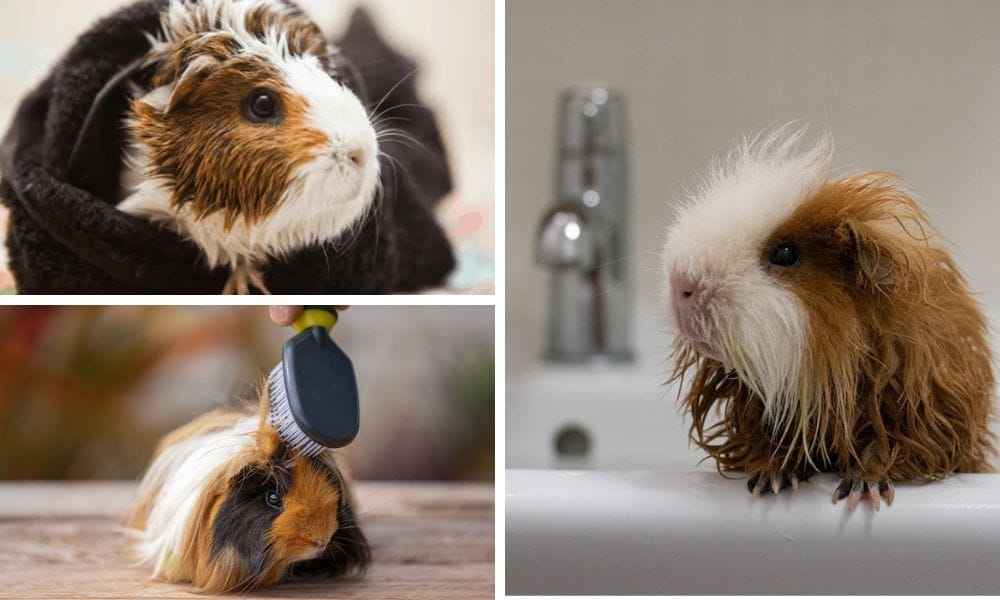
Short-Haired Breed Comparisons: Teddy vs. Others
Teddy piggies are often mistaken for other short-haired breeds, but there are distinct differences that set them apart. Teddy piggies are generally slightly smaller than other cavy breeds. Unlike the smooth and sleek coat of the American Guinea Pig, Teddy’s coat is dense and plush, giving them their characteristic ‘teddy bear’ appearance. This unique coat is caused by a genetic mutation that affects the hair shaft, resulting in the upright and coarse texture that Teddy enthusiasts adore.
Comparing Teddies to other short-haired breeds, such as the American or the Abyssinian, highlights the low-maintenance nature of the Teddy’s coat. While Abyssinians boast beautiful rosettes that require frequent grooming to prevent matting, the Teddy’s coat is much easier to care for, needing only regular brushing to remove loose hair and debris. This ease of grooming makes the Teddy an excellent choice for those who love the look of a fluffy pet without the high-maintenance grooming routine.
Integrating Teddy Guinea Pigs with Other Breeds
Introducing a Teddy Guinea Pig to other breeds can be an exciting venture, but it requires careful consideration. While Teddies are known for their amiable and sociable nature, the dynamics between two breeds can vary. It's crucial to understand the temperament of your Teddy and the other breed to ensure a harmonious introduction. Start with supervised interactions in a neutral space to observe their behavior. This allows both parties to get acquainted without territorial disputes.
When integrating a Teddy with another breed, pay close attention to their interactions. Some guinea pigs may become fast friends, while others might need more time to adjust. It's important to provide each guinea pig with their own space, including separate hideouts and feeding areas, to prevent any potential conflicts. Remember, even within the same species, personalities differ, and patience is key. With time and proper introduction techniques, your Teddy can form a bond with other breed companions, enriching their social life and overall well-being. 5 Hideouts Your Guinea Pigs Will Love
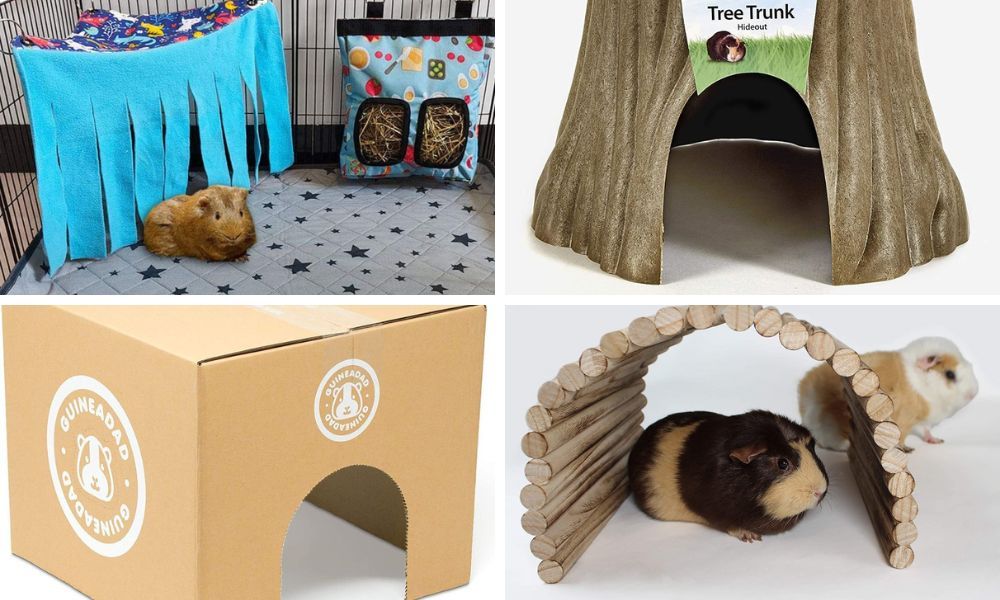
Creating a Safe and Nutritious Environment for Growth
When it comes to nurturing younger guinea pigs, whether they're Teddies or another breed, their environment and diet are pivotal for healthy development. Younger guinea pigs require ample space to explore and exercise, as well as a diet rich in hay, fresh vegetables, and enough Vitamin C to prevent scurvy—a common ailment in guinea pigs. It's like preparing a banquet of nutritious goodies that cater to their growth needs. Avoiding poisonous plants and ensuring that their bedding is free from soiled hay is also critical to prevent health issues.
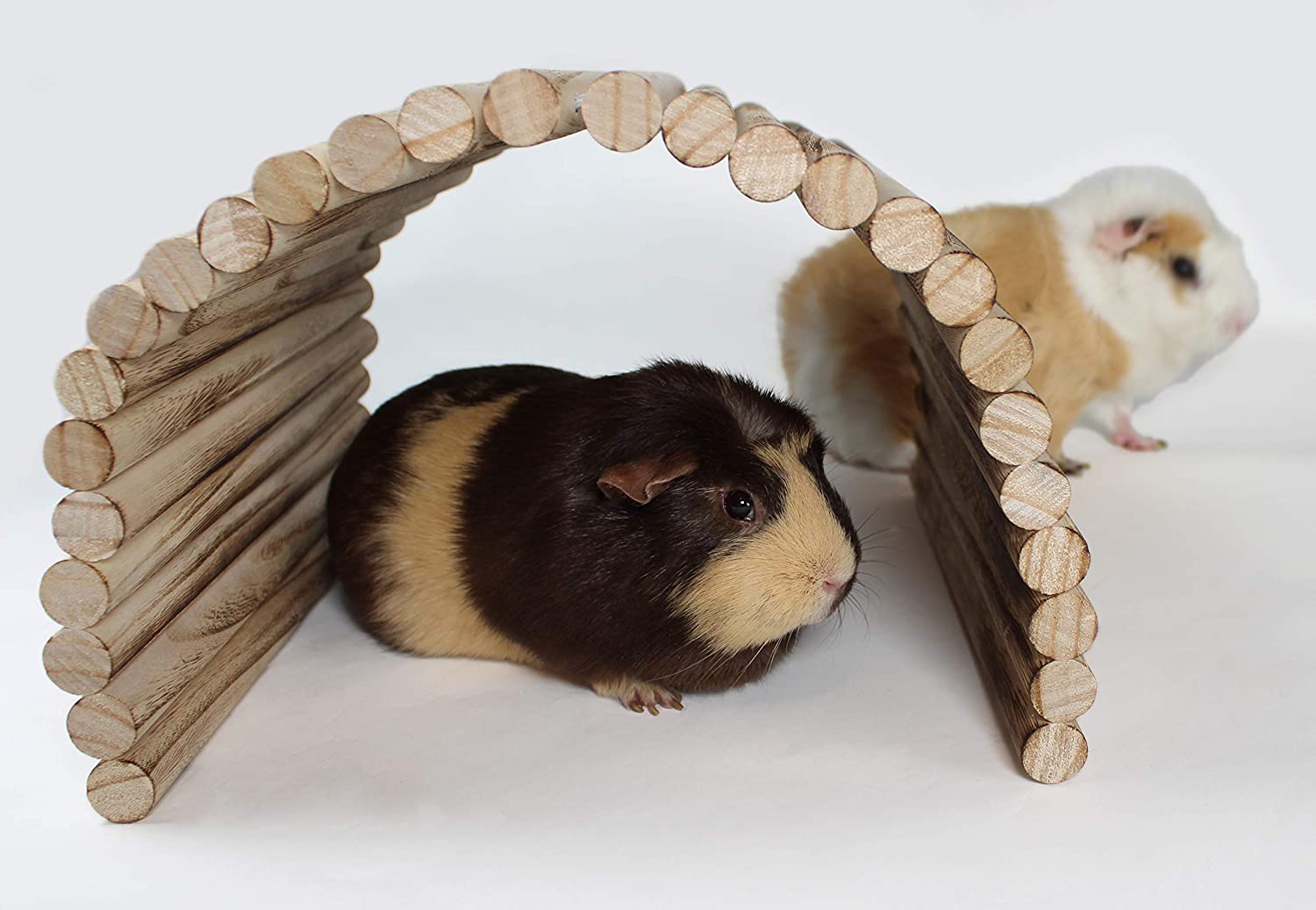
Older guinea pigs, on the other hand, may face different challenges such as weight loss or reduced mobility. Their diet consists of the same fundamental elements, but with a closer eye on calorie intake and the softness of food, as dental problems can arise with age. Regularly trimming guinea pig's nails becomes increasingly important to prevent discomfort and mobility issues. Whether young or old, creating a tailored environment that adapts to their changing needs can ensure your Teddy—or any guinea pig breed—thrives at every stage of life.
Common Misconceptions About Teddy Guinea Pigs
Some people might confuse the teddy guinea pig with other breeds due to their similar appearance to the untrained eye. For instance, the Swiss Teddy is another breed with a plush coat, but it is distinct from the teddy. Additionally, the term "teddy bear guinea pig" can sometimes be used generically to describe any guinea pig with a particularly fluffy appearance, but it specifically refers to this breed.
The Teddy Guinea Pig and Other Pets
Teddy piggies can coexist with other household pets, but caution should be taken. Larger animals, especially those with predatory instincts, may pose a threat to guinea pigs. It's important to supervise interactions and ensure that your teddy feels safe and secure in its environment. They are generally more comfortable around other piggies than different species.
Breeding Teddy Guinea Pigs
Breeding teddy guinea pigs should be done responsibly and with a thorough understanding of genetics and care requirements. It's important to consider the health and temperament of the breeding pair, as well as the commitment required to raise the young. Breeding can also help preserve the unique characteristics of the teddy guinea pig, such as their dense coat and outgoing personality.
The Lifespan of a Teddy Guinea Pig
With proper care, teddy guinea pigs can live for several years, typically around 4 to 8 years. Factors such as diet, housing, and genetics play a role in their longevity. Providing enough hay, a balanced diet, and regular veterinary care can help ensure that your teddy guinea pig lives a full and happy life.
Teddy Guinea Pigs as Therapy Animals
Due to their gentle nature and love for cuddles, teddy guinea pigs have the potential to be great therapy animals. They can provide comfort and companionship to individuals in hospitals, nursing homes, and schools. Their soft fur and calm demeanor make them ideal for this role, bringing joy and relaxation to those who interact with them.
Preparing for a Teddy Guinea Pig
Before bringing a teddy guinea pig into your home, it's important to prepare their living space and gather the necessary supplies. This includes a suitable cage, bedding, food, and water bottle. Researching and understanding their specific needs will help you create a welcoming environment for your new pet.
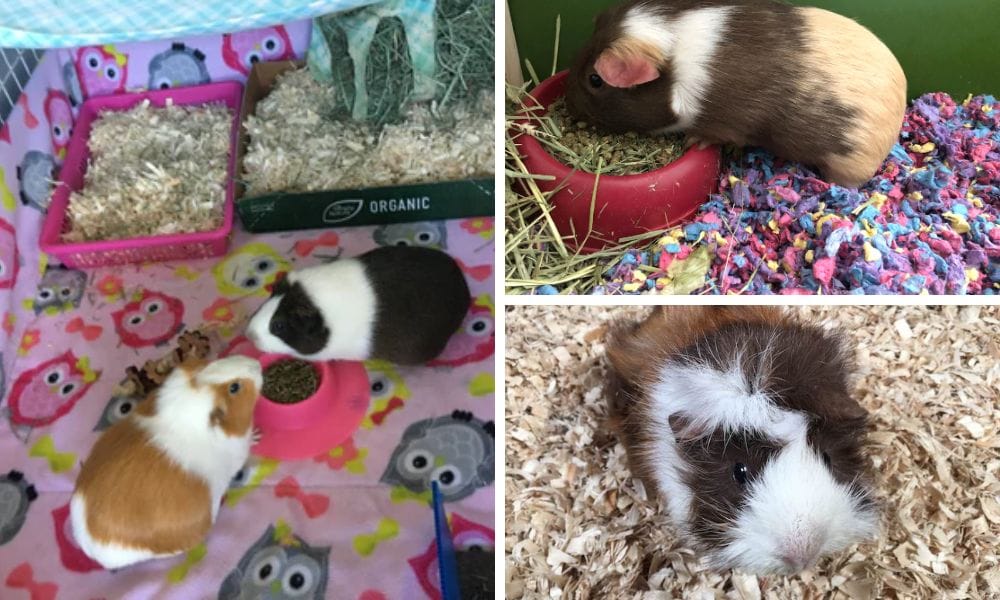
The Cost of Keeping a Teddy Guinea Pig
Owning a teddy guinea pig comes with ongoing expenses, which can vary based on factors such as age, enclosure size, and individual needs, including food, bedding, and veterinary care. While they may not be as costly as some pets, it’s important to budget for their needs and be prepared for any unexpected health issues that may arise. Investing in the well-being of your teddy guinea pig is essential for their happiness and longevity.
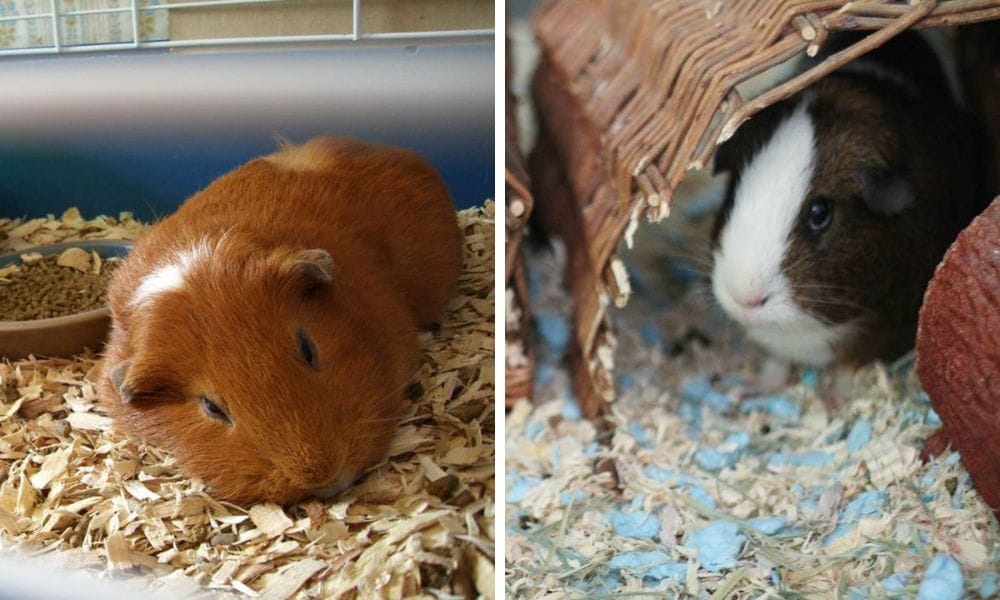
Exercise and Play for Teddy Guinea Pigs
Teddy guinea pigs require regular exercise and play to stay happy and healthy. Providing a large cage or enclosure with plenty of space to move around is essential. You can also let your teddy guinea pig out of its cage for supervised playtime in a safe and secure area. This can include playing with toys, such as tunnels and balls, or simply running around and exploring its surroundings. Exercise and play are crucial for preventing health issues, such as obesity and bladder stones, in teddy guinea pigs. A minimum of 2 hours of exercise and play outside of the cage is recommended daily. You can also provide mental stimulation by hiding treats or toys around the cage or play area, encouraging your teddy guinea pig to search and problem-solve.
Litter Training and Upkeep for Teddy Guinea Pigs
Litter training is an essential part of caring for your teddy guinea pig. You can use a litter box specifically designed for guinea pigs, filled with a safe and absorbent bedding material, such as wood pellets or recycled paper. Place the litter box in a quiet corner of the cage, and encourage your teddy guinea pig to use it by placing a few treats or toys inside. Clean the litter box daily, removing soiled bedding and disinfecting the box with a pet-safe cleaning solution. Regular upkeep of the cage and litter box is crucial for maintaining your teddy guinea pig’s health and preventing the spread of diseases. You should also clean the food and water dishes daily and change the bedding completely every week.
Pros and Cons of Keeping a Teddy Guinea Pig as a Pet
Keeping a teddy guinea pig as a pet can be a rewarding experience, but it’s essential to consider the pros and cons before making a decision. Some pros of keeping a teddy guinea pig include their cute and affectionate nature, relatively low maintenance care, and social personality. However, some cons include their susceptibility to health issues, such as respiratory problems and vitamin C deficiency, and their need for regular exercise and play. Teddy guinea pigs also require a lot of attention and interaction, which can be time-consuming. Additionally, they can be prone to noise and mess, which may not be suitable for all living situations. Other guinea pig breeds, such as the Abyssinian guinea pig or the Peruvian guinea pig, may have different pros and cons, so it’s essential to research and understand the specific needs of the breed you’re interested in.
Finding and Adopting a Teddy Guinea Pig
If you’re interested in adopting a teddy guinea pig, there are several options to consider. You can start by contacting local animal shelters or rescue organizations, which often have guinea pigs available for adoption. You can also search for reputable breeders in your area, who specialize in teddy guinea pigs or other guinea pig breeds. When adopting a teddy guinea pig, make sure to research the breeder or shelter thoroughly, and ask plenty of questions about the guinea pig’s health, temperament, and care requirements. It’s also essential to ensure that you’re prepared to provide the necessary care and attention for your new pet, including a suitable cage, diet, and regular veterinary check-ups. You may also want to consider adopting two guinea pigs, as they are social animals and thrive on companionship. Remember to handle your teddy guinea pig gently and carefully, as they can be prone to injury, especially in their legs and feet. With proper care and attention, your teddy guinea pig can live a happy and healthy life, and provide you with plenty of joy and companionship.
Finding a Teddy Guinea Pig
If you're looking to adopt a teddy guinea pig, consider checking local shelters and rescue organizations. These places often have guinea pigs in need of homes, including teddy guinea pigs. You can also reach out to reputable breeders who specialize in this breed to find a healthy and well-socialized pet.
Joining a Community of Teddy Guinea Pig Enthusiasts
Connecting with other teddy guinea pig owners can be a valuable resource for sharing tips, experiences, and advice. Online forums, social media groups, and local clubs offer opportunities to learn more about the breed and engage with a community of like-minded individuals.
The Joy of Owning a Teddy Guinea Pig
Owning a teddy guinea pig can be a rewarding experience, filled with cuddles, playtime, and companionship. Their unique appearance and friendly nature make them a delightful addition to any household. With the right care and attention, a teddy guinea pig can become a cherished member of your family.
Summary
Teddy guinea pigs are a special breed known for their plush coat and friendly personality. They originate from South America and have been bred to exhibit the characteristics that make them such beloved pets. Proper care, including a spacious habitat, a balanced diet, and regular grooming, is essential for their well-being. With their potential as therapy animals and their suitability as family pets, teddy guinea pigs offer a unique and fulfilling pet ownership experience.
FAQ Section
Q: How often should I groom my teddy guinea pig? A: Teddy guinea pigs should be brushed at least once a week to keep their coat clean and free of tangles. Nail trimming should be done as needed, usually every few weeks.
Q: Can teddy guinea pigs live with other breeds of guinea pigs? A: Yes, teddy guinea pigs can live with other breeds, as long as they are properly introduced and have enough space. They are social animals and often enjoy the company of other piggies.
Q: Do teddy guinea pigs need vitamin C supplements? A: Yes, like all guinea pigs, teddies cannot produce their own vitamin C and require supplementation through their diet. This can be provided with vitamin C-rich foods or supplements as recommended by a veterinarian.

